Description
Viscosity Grade Bitumen VG-10 means your bitumen is suitable for paving roads in very cold and cold climates instead of the old 80/100 penetration grade. The air temperature corresponding to VG10 bitumen ranges from -100 to 250°C. Due to the high temperatures in hot climates, the use of VG10 cannot provide optimal rutting resistance.
“VG” stands for “Viscosity Grade”, which is a measure of bitumen viscosity or its resistance to flow. VG10 bitumen has a relatively low viscosity, which makes it suitable for use in areas with moderate traffic loads and temperatures.
It is usually used in the production of asphalt concrete for road construction and in waterproof applications such as roofing and sealing.
Applications of Viscosity Grade Bitumen VG-10
The most common use of this type of bitumen is in road construction, insulation, building construction and liquid bitumen production. In terms of place of use, VG10 bitumen is more suitable for cold climates.
In the classification based on the viscosity of bitumen according to the value of absolute viscosity at 60°C or kinematic viscosity at 135°C, the classification and direction of each of them have been determined by specific technical standards.
common usages of Bitumen VG 10
- Roofing
- Waterproofing
- Road Construction
- Asphalt Pavements
Specification of Viscosity Grade Bitumen VG-10
|
Characteristics |
VG-10 | Test |
|
Kinematic Viscosity, 135˚C, CST, min |
800 | IS1206 |
| Flashpoint, C, Max | 250 |
IS1448 |
| Flashpoint, C, min | 220 |
IS1448 |
|
Solubility in trichloroethylene, %, min |
99.0 | IS1216 |
|
Penetration at 25˚C |
80-100 | IS203 |
| Softening point, C, min | 40 |
IS1205 |
|
Tests on residue from thin film over test / RTFOT |
||
|
I. Viscosity ratio at 60˚C, max |
4.0 | IS1206 |
| II. Ductility at 25˚C, cm, min | 75 |
IS1208 |

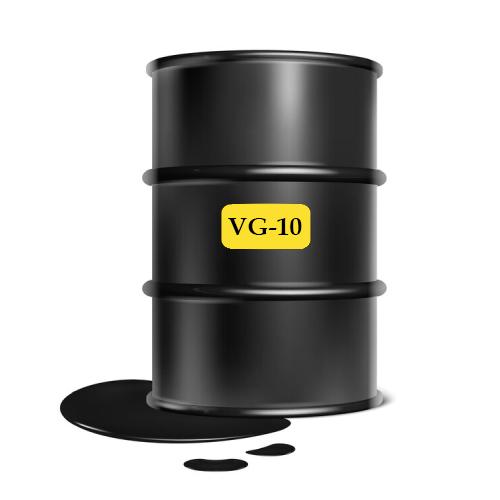
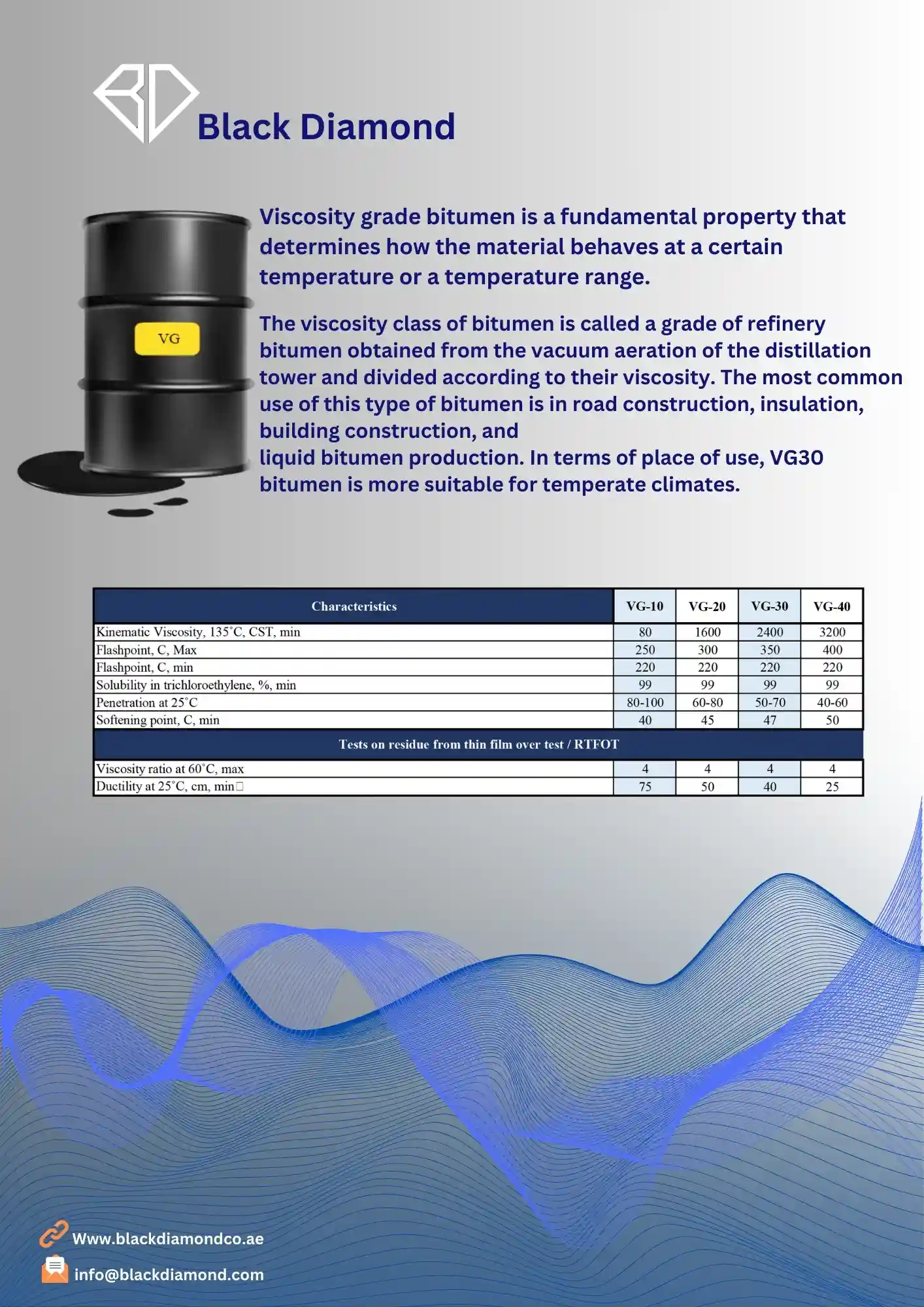
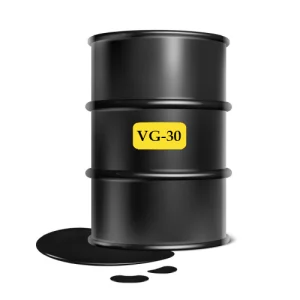
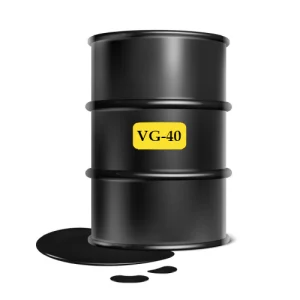
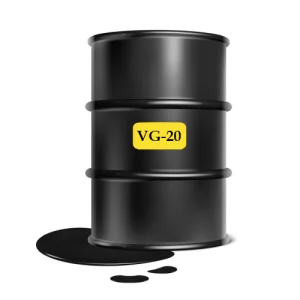

Reviews
There are no reviews yet.